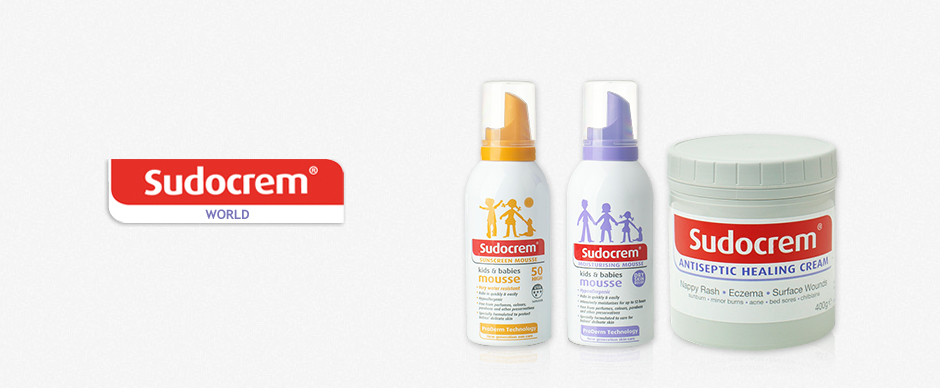
Preventing & Treating Nappy Rash
Nappy rash is a common cause of fretful, crying babies, caused by inflamed skin that is irritated by being wet and in contact with urine and stools. It starts with a slight reddening of the skin in the nappy area resulting in soreness and discomfort.
What causes nappy rash?
Nappy rash is caused when urine comes into contact with baby’s skin for prolonged periods of time. The urine can react with stools in the nappy, affecting the skin and in severe cases this can cause breaks in the skin or even blisters. It is possible the skin could then become infected. Friction caused by the nappy rubbing against baby’s delicate skin and washing detergents not thoroughly rinsed out of terry nappies can also contribute to the development of nappy rash.
When is nappy rash more likely to occur?
Nappy rash can happen at any time and there may be no obvious reason as some babies naturally have more sensitive skin and may be more prone to the condition. However, there are certain times when babies are especially susceptible to nappy rash, such as: During teething, changing from breast to bottle feeding, after antibiotics, which can upset baby's digestive system, causing diarrhoea, starting on solid foods or drinking cows milk for the first time. Any of these factors can trigger the onset of the problem.
What does nappy rash look like?
You can recognise nappy rash in a number of ways: Nappy rash normally starts with a slight redness in the nappy area. It tends not to affect the skin folds. Areas such as the buttocks and upper thighs can become red and moist. Skin can also become sore, spotty and hot to touch. Patches of dry, flaky skin may also develop. In more severe cases, blisters and pus filled spots may appear. The best option is to prevent nappy rash occurring in the first place, but once it does you can soothe and heal nappy rash and help prevent its recurrence by using a nappy rash cream at every nappy change.
Preventing and treating nappy rash
As nappy rash can be a common condition, prevention is always better than cure, but how can you do this? Preventing nappy rash In theory, nappy rash would never occur if baby's bottom was always cool, dry and completely protected from irritants and infection. However, this is rarely the case, so the following tips can be used to help prevent nappy rash occurring:
- Change your baby’s nappy as soon as you can when it becomes wet or soiled. As a guideline, you may find that a newborn baby requires changing about a dozen times a day and older children at least 6-8 times a day.
- Carefully wash the nappy area with warm water and cotton wool, gently patting dry.
- Leave your baby’s bottom exposed to the air whenever possible
- Use a suitable cream at each nappy change to protect against irritants, such as urine and stools.
- If you use terry or re-usable nappies, wash in mild, non-biological washing powder or detergent. Always rinse nappies well.
- Change your baby's nappy before putting him or her down to sleep.
- Be alert to potential triggers of nappy rash.
Treating nappy rash
Despite your best efforts, your baby may still get nappy rash, so when this happens you need to do the following: Soothe the soreness. Ensure the skin heals as soon as possible. Protect the skin from further attack by irritants or infection
How to use Sudocrem
Sudocrem is a clinically proven treatment for nappy rash, which helps soothe, heal and protect your baby’s delicate skin. So how does it work? Firstly, Sudocrem is made up in a base with water-repellent properties which form a protective barrier, therefore helping to stop any irritants (urine and stools) coming into contact with the skin. In addition, the emollient effect can help to soothe sore inflamed skin whilst leaving the skin feeling soft.
Sudocrem can ease the pain and irritation of nappy rash, whilst other ingredients can help to heal the skin. Sudocrem can be applied at every nappy change, but please remember to only apply a thin layer as a little Sudocrem goes a long, long way. The general rule is to use a small amount and apply in a thin layer. Massage in small circular movements until the Sudocrem has disappeared leaving a translucent film. If this does not cover the affected area apply a little more. However, if the area stays white after application, too much has been applied

